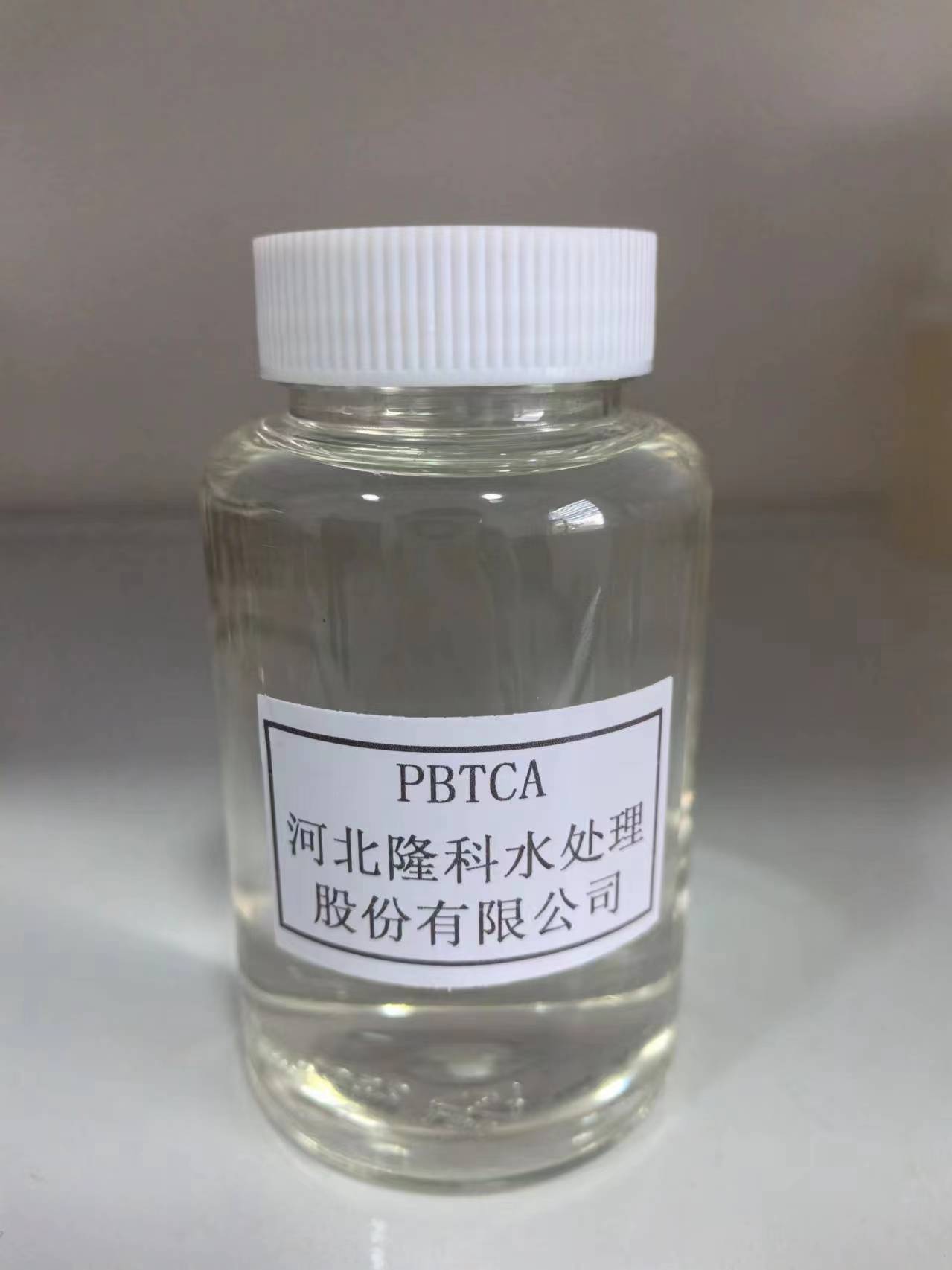Exploring the Applications and Benefits of Poly Aluminium Chloride in Water Treatment Processes
The Use of Poly Aluminum Chloride in Water Treatment
Poly Aluminum Chloride (PAC) is a widely used coagulant in water treatment processes, valued for its efficacy in removing contaminants and improving water clarity. With increasing concerns about water quality and a growing global population, the demand for effective and efficient water treatment methods has never been greater. PAC has emerged as a critical component in both municipal and industrial water treatment applications, offering numerous advantages over traditional coagulants such as alum.
What is Poly Aluminum Chloride?
Poly Aluminum Chloride is a chemical compound that falls under the category of aluminum-based coagulants. It is produced through the hydrolysis of aluminum salts and is available in various forms, including liquid and powder. PAC consists of a mixture of aluminum hydroxide and aluminum chloride, resulting in a polymeric structure that enhances its coagulation properties. This unique structure allows PAC to effectively destabilize particles in water, facilitating their removal through sedimentation or filtration.
Advantages of PAC in Water Treatment
One of the primary advantages of using PAC is its superior coagulation efficiency compared to conventional coagulants. PAC operates effectively over a wide range of pH levels, making it adaptable to different water sources and treatment conditions. This flexibility allows water treatment facilities to optimize their processes and achieve better results, particularly in challenging water conditions such as high turbidity or organic contamination.
Additionally, PAC generates less sludge compared to aluminum sulfate, leading to improved settleability and reduced disposal costs. The lower volume of sludge not only minimizes the environmental impact but also simplifies the overall treatment process. As a result, PAC can enhance operational efficiency in treatment plants, reducing the frequency and costs associated with sludge handling.
use of poly aluminium chloride in water treatment

Furthermore, PAC exhibits effective performance in removing coliform bacteria and other pathogens, which is crucial for ensuring safe drinking water. The positive charge of the PAC particles attracts and binds negatively charged contaminants, including microorganisms, leading to their aggregation and subsequent removal. This ability to improve microbiological quality is especially important in regions where waterborne diseases pose a significant public health risk.
Applications of PAC
PAC is versatile and finds applications in various sectors, including drinking water purification, wastewater treatment, and industrial processes. In drinking water treatment, PAC is used to clarify and disinfect water by removing suspended solids, organic materials, and pathogens. Its rapid coagulation and flocculation properties contribute to quicker settling times, allowing for efficient water processing.
In wastewater treatment, PAC plays a vital role in reducing the overall pollutant load. It is particularly effective in treating industrial effluents that contain heavy metals and organic compounds. By enhancing the removal of these contaminants, PAC helps industries comply with environmental regulations and promotes sustainable practices.
Moreover, PAC is increasingly being used in the production of paper and textiles, where it aids in the clarification of process waters and enhances product quality. Its ability to improve the strength and appearance of paper products is another illustration of its multifaceted utility.
Conclusion
The use of Poly Aluminum Chloride in water treatment is a vital advancement in achieving clean and safe water for various applications. Its efficiency, reduced sludge production, and versatility make it a preferred choice over traditional coagulants. As the world grapples with water quality challenges, PAC stands out as an effective solution in promoting sustainable water treatment practices. By continuing to explore and enhance the application of PAC, the water treatment industry can address both current and future demands for safe, clean water.
-
Water Treatment with Flocculant Water TreatmentNewsJun.12,2025
-
Polymaleic AnhydrideNewsJun.12,2025
-
Polyaspartic AcidNewsJun.12,2025
-
Enhance Industrial Processes with IsothiazolinonesNewsJun.12,2025
-
Enhance Industrial Processes with PBTCA SolutionsNewsJun.12,2025
-
Dodecyldimethylbenzylammonium Chloride SolutionsNewsJun.12,2025





